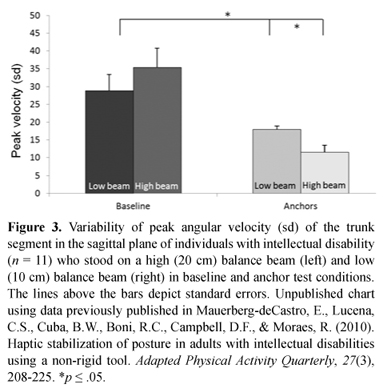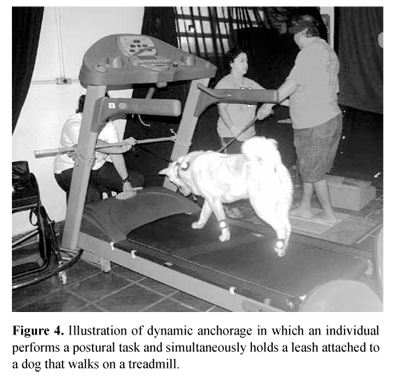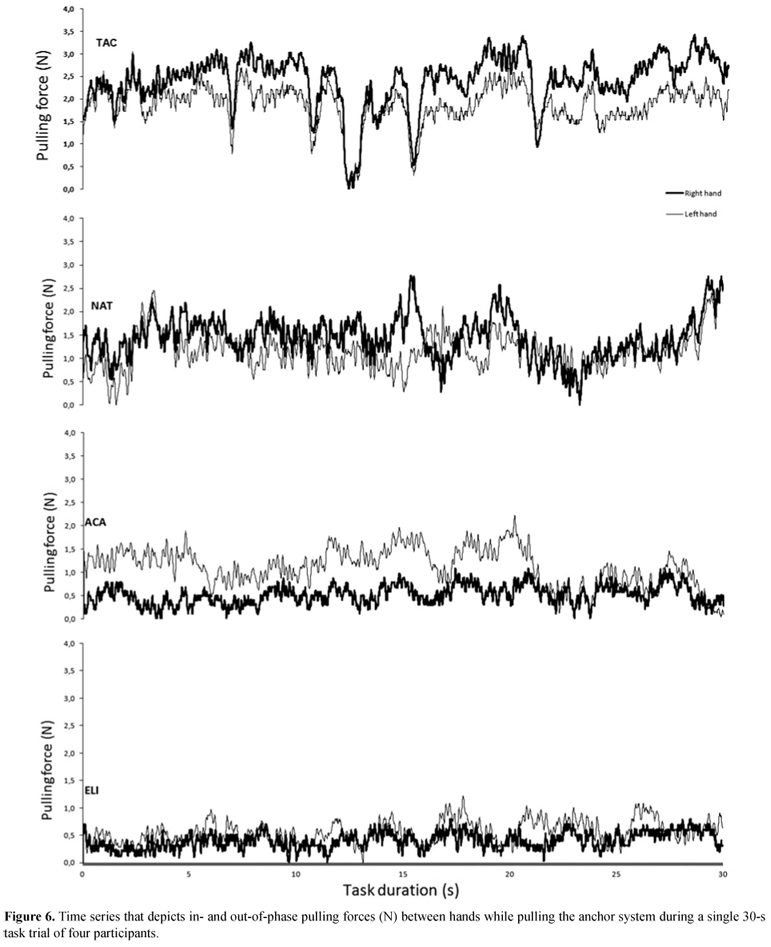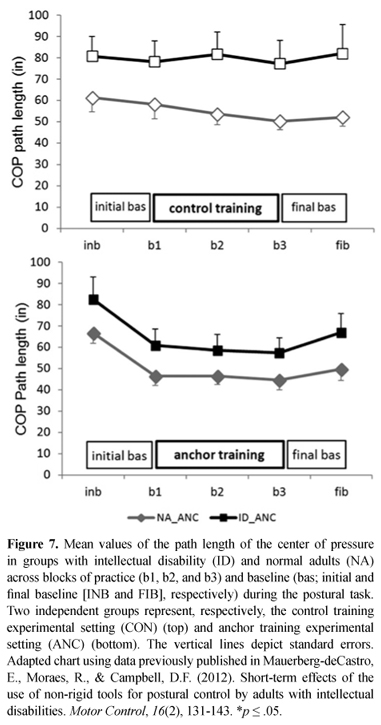Several studies have emphasized the contribution of haptic input that results from the use of rigid and non-rigid tools to the postural control system. Experimental protocols such as the light touch and the anchor system are based on individuals' haptic exploration of the environment through direct tactile-kinesthetic contact, or indirectly through rigid or flexible tools that are attached to the body. In this article, we introduce the main findings of humans' haptic use of non-rigid tools during postural control tasks. We illustrate the effects of an anchor system paradigm on the maintenance of stability via haptic information. Haptic anchoring includes the handling of flexible cables that are attached to loads that are in contact with a surface. We include results of studies about haptic information gathered during the holding of a walking dog's leash. Studies that used the anchor system demonstrated its effectiveness in reducing body sway in several groups, including young adults, children, older individuals, and intellectually disabled individuals. We discuss several experimental designs and intervention protocols in order to illustrate how haptic anchoring could prompt functional plasticity.
haptic perception; postural control; non-rigid tools; anchor system









